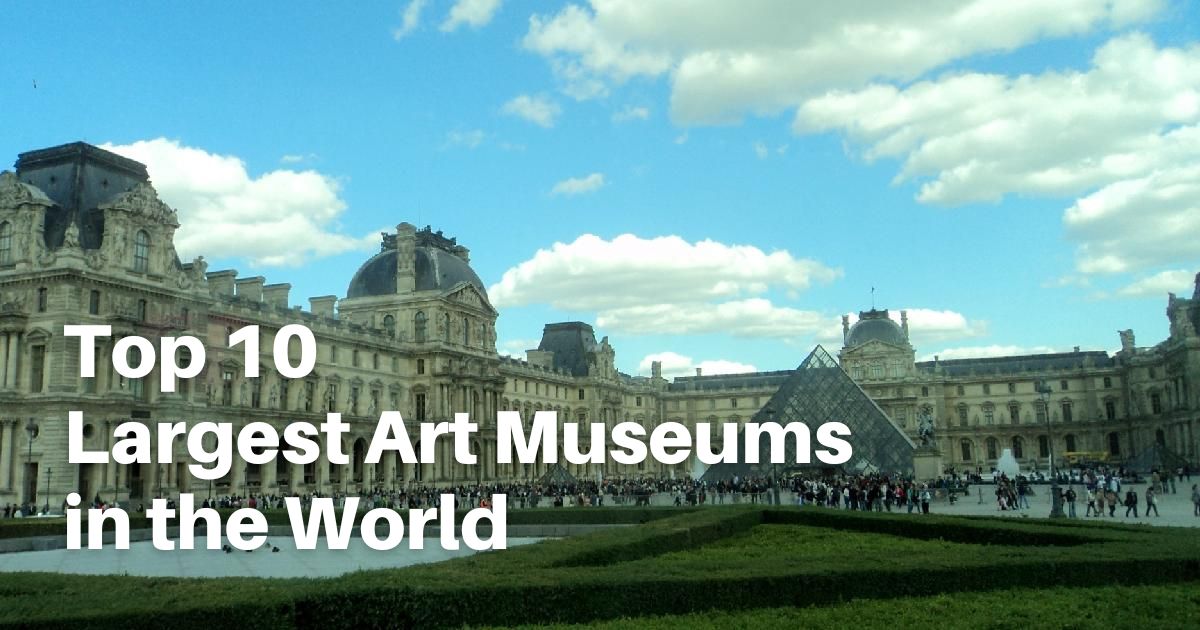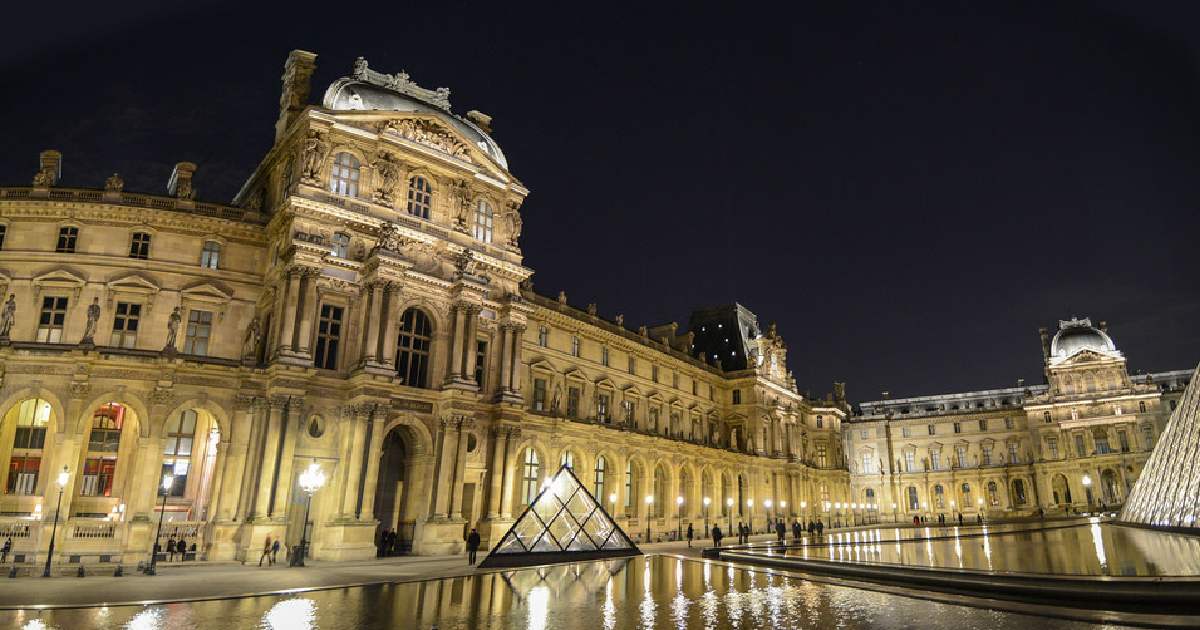
Every year, millions of people visit art museums since they are veritable gold mines of information on creativity, history, and culture. From prehistoric artifacts to modern masterworks, their collections are regarded as some of the most important in the world.
The ten largest art museums in the world will be discussed in this article, along with their vast collections, historical relevance, and unique features. Whether you’re a casual tourist or an art connoisseur, these museums offer an absolutely memorable experience.
10. State Tretyakov Gallery

Gallery space in square meters: 12,000
The State Tretyakov Gallery in Moscow specializes on Russian fine art, which dates back to the eleventh century. Namesake and founder of the gallery is Pavel Tretyakov, who left Moscow with personal collection in 1892. Its holdings of well-known Russian icons, pre-Revolutionary art, and Soviet modernist pieces make it a must-see for everyone interested in Russian culture.
Apart from storing Russian relics, this gallery is a significant cultural establishment in its own. Its extensive permanent collection and changing exhibitions illuminate everything from medieval iconography to contemporary art trends, therefore illuminating the evolution of Russian art and its influences. The Tretyakov Gallery is a priceless resource for everyone curious in Russia’s rich history and diverse artistic expression.
9. The National Gallery

Gallery space in square meters: 13,000
Situated at Trafalgar Square, London’s National Gallery is rather proud of its magnificent collection of European artworks. This prestigious institution has on exhibit a comprehensive survey of Western European art from the middle of the thirteenth century to the early twentieth century. All are welcome to view the paintings of Renaissance masters Turner, Van Gogh, and da Vinci. The gallery functions as a vital teaching tool in addition to a museum by presenting pieces by artists from all eras.
In every room of the National Gallery, visitors can take a trip through time to witness the evolution of art from the Renaissance to the Post-Impressionists. Historians and art lovers alike will find this gallery to be invaluable because of its commitment to conservation and research, which enriches each visit with rich historical background and the beauty of exquisitely preserved artworks.
8. Museo del Prado
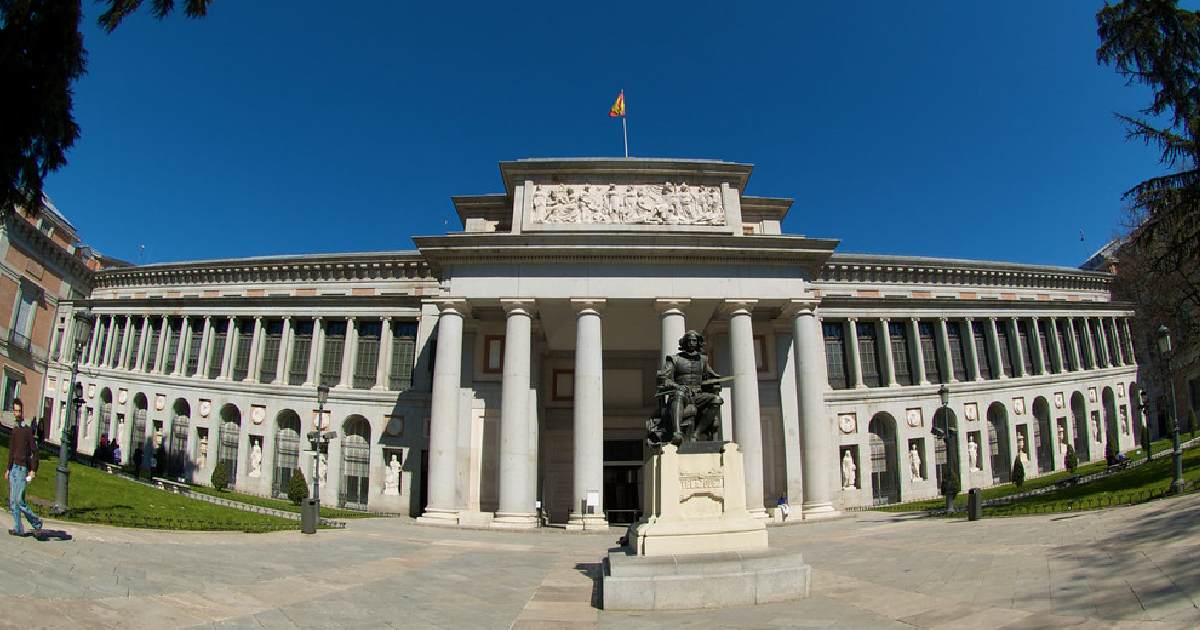
Gallery space in square meters: 15,400
The Madrid Museo del Prado is a representation of Spanish culture as much as a museum, and it is one of the most popular tourist destinations in the world. Main draws of this museum, which has an unparalleled collection of European art, are Spanish painters such as Velázquez, Goya, and El Greco. The vast collection of visual arts of the Prado, which dates from the 12th century to the early 20th century, includes paintings, drawings, sculptures and prints.
The Museo del Prado offers more than just visual art—a whole cultural education. Priceless works of art that tell the story of Spain and its enormous impact on world art are housed in the vast galleries. There is up close viewing of the exquisite beauty of pieces that have impacted artistic movements throughout history. The Prado’s dedication to cultural preservation and influence on the upcoming generation have art enthusiasts spellbound.
7. British Museum
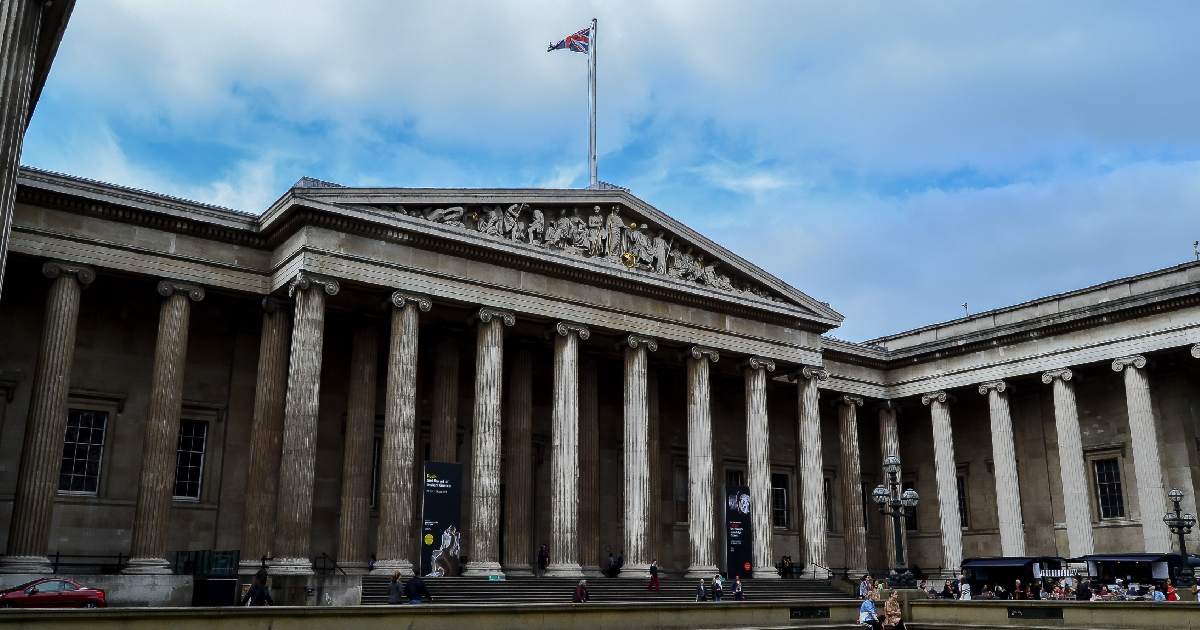
Gallery space in square meters: 25,700
The British Museum in London is one of the most famous libraries devoted to the preservation of human legacy. Through art, history, and culture, it narrates the story of human culture from its earliest days to the present with more than eight million objects spread over all continents. Main attractions of this museum are the Elgin Marbles, the Rosetta Stone, and other ancient Greek and Egyptian relics.
Found in 1753, the British Museum is the first public national museum in the world. With the goal of inspiring and educating, the organization holds its collections in trust for society. Wandering through its corridors, one is met by antiques and artifacts from several eras that offer windows into long-gone civilizations that have been preserved in the museum’s enormous collections.
6. Art Institute of Chicago
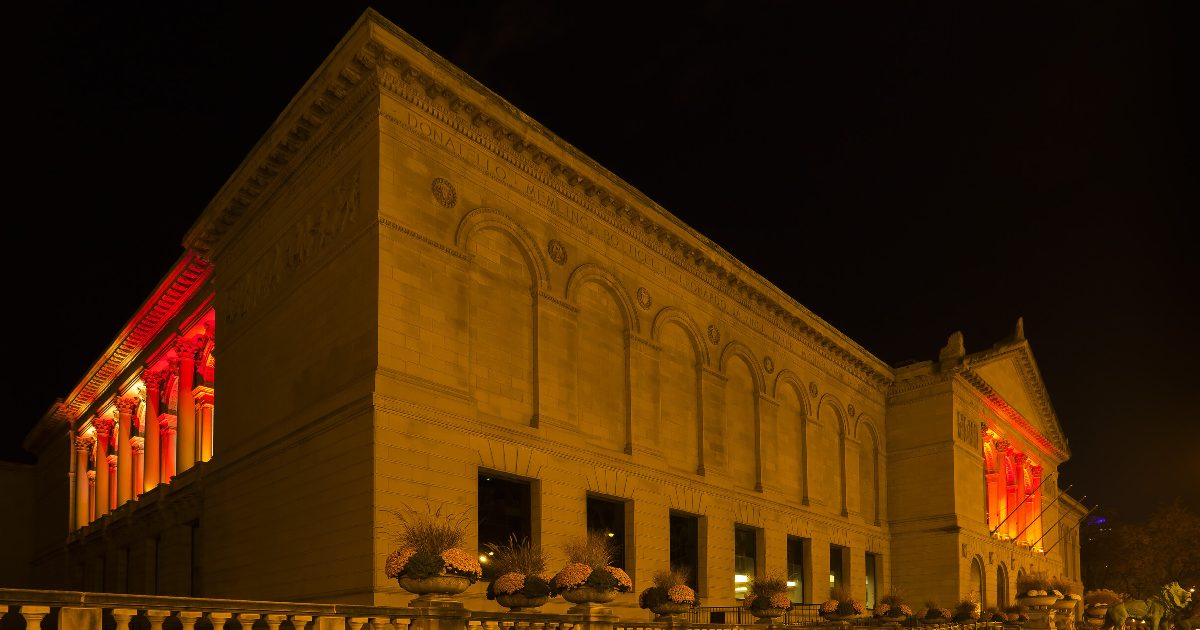
Gallery space in square meters: 26,000
Impressionist and Post-Impressionist works are the most well-known aspects of the Art Institute of Chicago’s collection, which dates back thousands of years. It is one of the biggest and oldest museums in the US, situated in Grant Park, Chicago. Iconic pieces like “American Gothic” by Grant Wood and “A Sunday Afternoon on the Island of La Grande Jatte” by Georges Seurat may be found at the museum.
In addition to these famous artifacts, the museum has an extensive collection of art from all over the world, including large amounts of art from Africa, the Americas, Asia, and Latin America. A museum in and of itself, the Art Institute also serves as a center for art education through its many seminars and events. Inspiring creativity and cross-cultural understanding, it is a space where art brings the past and present together.
5. Tokyo National Museum
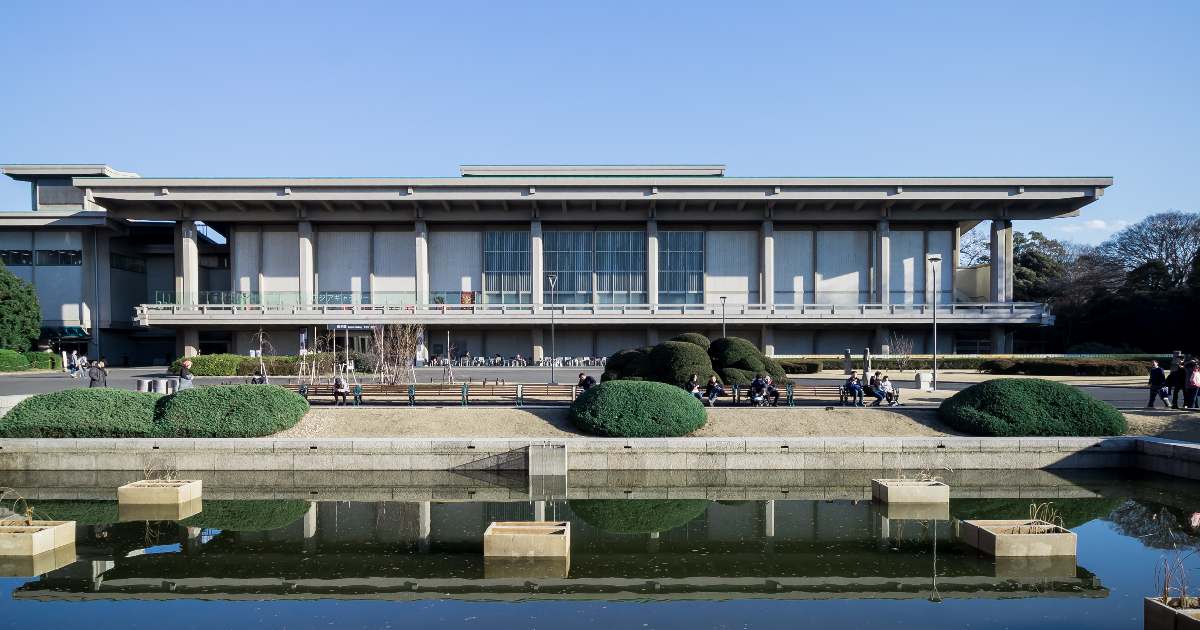
Gallery space in square meters: 38,000
Tokyo National Museum, Japan’s oldest and largest museum, is located in the tranquil Ueno Park. Though the majority of the museum’s collection is traditional Japanese art, Asian art and antiques are also well represented. This museum provides a deep look at Japan’s cultural past with everything from delicate kimonos and samurai armor to complex lacquerware and traditional ukiyo-e prints.
Together with presenting the fine arts, the museum’s thematic exhibitions explore many aspects of Asian history and culture. Its five primary buildings, each of which has a specific function, offer a structured tour over Japan’s rich artistic milieu. Visit the Tokyo National Museum without a doubt if Asian art and culture pique your curiosity. Unmatched in its collection of relics, they really encapsulate the spirit and past of the area.
4. Vatican Museums
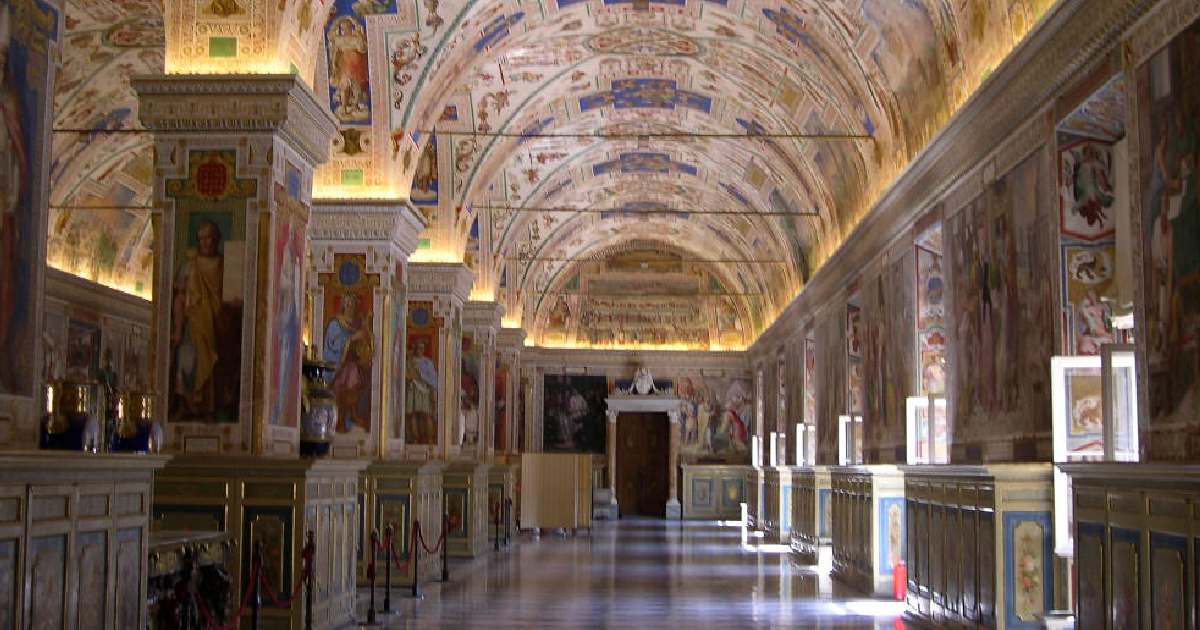
Gallery space in square meters: 43,000
The Vatican Museums are a group of art and historical institutions housed within Vatican City. Known for their rare artifact and Renaissance art collections, Pope Julius II founded these museums in the early 16th century. Of the several pontifical galleries and apartments that comprise the museums are the Raphael Rooms and the Sistine Chapel, which is well-known for Michelangelo’s ceiling and The Last Judgment.
An extensive storehouse of ancient civilization artifacts, the Vatican Museums also include sizable collections of Etruscan and Egyptian artifacts. A spiritual trip through art, the museums incorporate not just European artistic and religious traditions but also those of many other nations influenced by the Church.
3. The Metropolitan Museum of Art

Gallery space in square meters: 58,820
The Metropolitan, or The Met, Museum of Art is one of the most well-known cultural emblems of New York. Situated at the tip of Central Park, the Met houses almost two million works of art that span 5,000 years of world civilizations. It has everything from current and American art to Egyptian antiques. The museum is a major participant in the global art scene because of its permanent collections and touring exhibitions.
Every portion of the Met stands in for a distinct historical location or era. The American Wing, the Islamic Art collection, and the sizable European painting department—which includes pieces by Monet, Vermeer, and Van Gogh—are among the most well-known areas. Along with housing a vast collection of art gallery, the museum serves as a cultural repository that documents the diversity of human experience throughout time and geography.
2. State Hermitage Museum
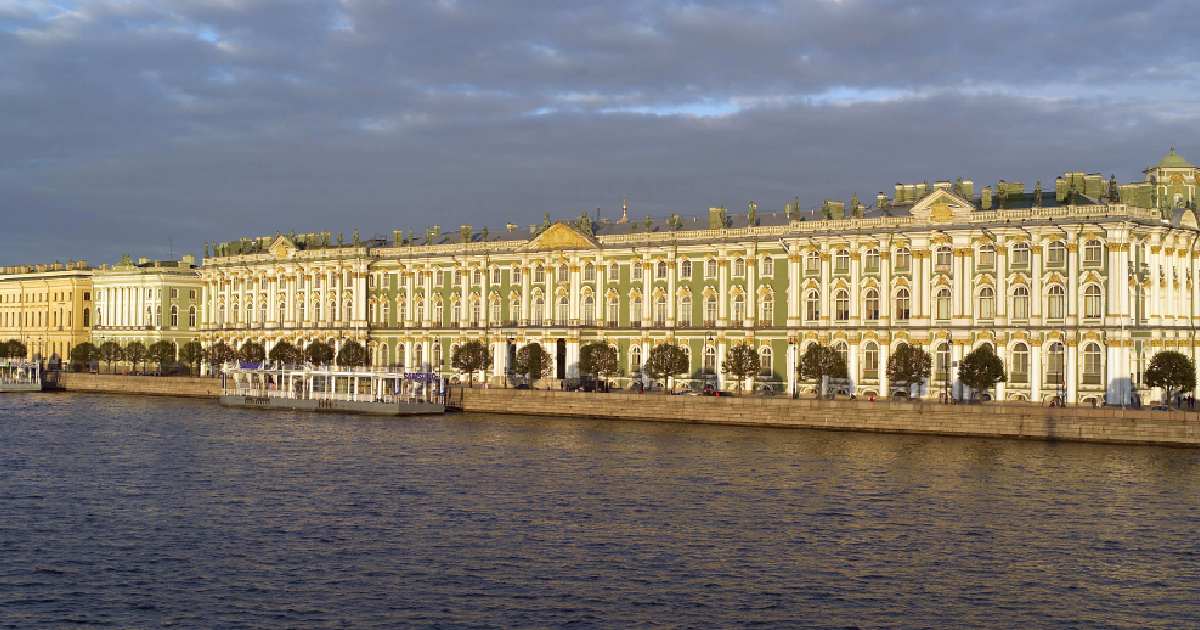
Gallery space in square meters: 66,842
Housed amid Saint Petersburg’s opulent Winter Palace, the State Hermitage Museum pays homage to Russian art and history. Among its more than three million objects is the largest painting collection in the world. The museum’s opulent interiors, which evoke the grandeur of the Russian Empire, are equally striking as the artworks. Remarkable Russian and Eastern artifact collections enhance the museum’s well-known European art collection.
Emphasizing European paintings and classical artifacts, the Hermitage provides visitors with a broad view of art from antiquity to the present. Renowned works by Michelangelo, Raphael, and Leonardo da Vinci are among its treasured treasures. With a rich history within its walls and a presence through significant historical events, the Hermitage is more than simply a museum.
1. Louvre Museum
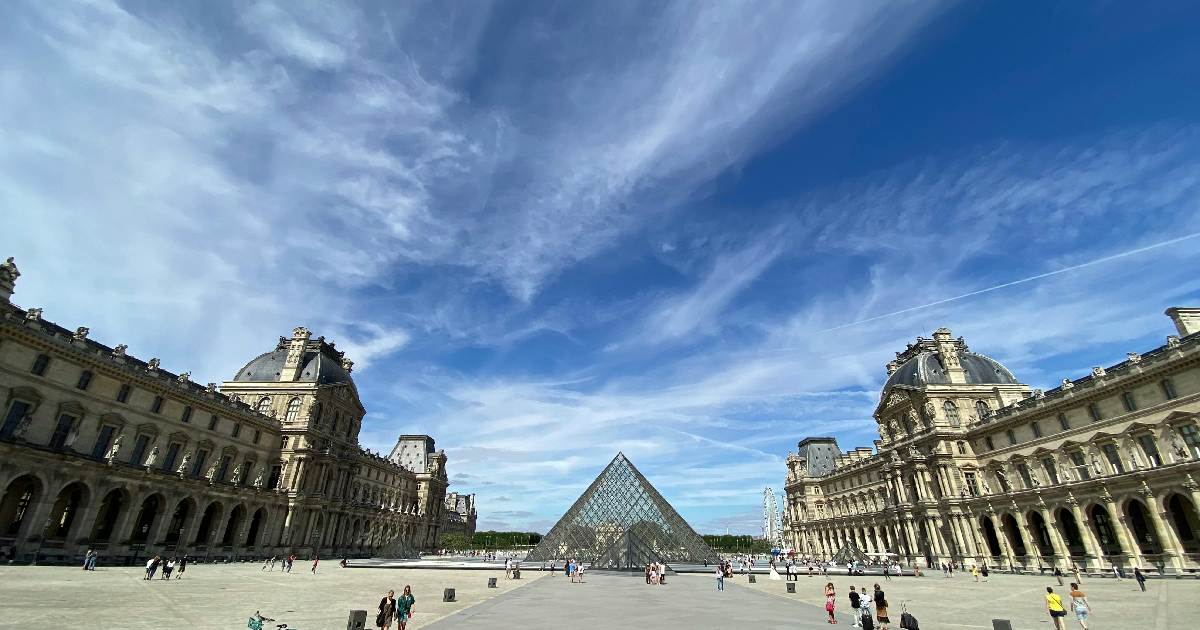
Gallery space in square meters: 72,735
Nestled in the heart of Paris, the Louvre Museum is the largest art museum in the world as well as a historic site. Within its enormous halls are around 380,000 objects, mostly of ancient and contemporary art. Often captivating guests are Renaissance artworks and finely detailed Egyptian antiquities. Millions of visitors visit the Louvre each year, which makes it as the most visited museum worldwide because its unique glass pyramid contrasts sharply with the historic architecture.
With treasures spanning from the beginning of civilization to modern artwork, this museum epitomizes cultural success. Among the most famous are Venus de Milo, the Mona Lisa, and the Winged Victory of Samothrace. A centuries-long cultural journey through the depth and breadth of human imagination and legacy is offered by the Louvre.
Conclusion
There is no other institution that can compare to the breadth and depth of human creation as you can when you visit the biggest art museums in the globe. These museums, which include the Art Institute of Chicago’s modern art collections and the Louvre Museum’s antiquated art collection, provide a plethora of information important to our knowledge of our cultural past. Visits to one of these outstanding and largest art museums in the world will surely be remarkable and thought-provoking for you, regardless of your level of interest in travel or art, whether it is a modern and contemporary art or a historical one.
Frequently Asked Questions (FAQs)
What are the top 5 biggest museums in the world?
The top 5 biggest museums around the globe are real treasure troves of culture and history, each offering a unique glimpse into both past and present civilizations. Here they are:
- Louvre Museum (Musée du Louvre) in Paris, France – Not just enormous in size, but also in cultural footprint, the Louvre is a historic monument in itself, with its iconic glass pyramid and vast galleries featuring thousands of works from every corner of the world.
- State Hermitage Museum in St. Petersburg, Russia – This sprawling museum, founded by Catherine the Great in 1764, displays a collection that spans the globe and the ages, with buildings that are just as historic and visually stunning.
- The Metropolitan Museum of Art in New York, USA – Known affectionately as ‘the Met’, it’s a cornerstone of New York City culture, offering an exhaustive collection that captures the breadth of human creativity.
- Vatican Museums in Vatican City – Nestled within the bounds of the Vatican, these museums house an immense collection of art and historical artifacts, all curated under the auspices of the Roman Catholic Church.
- British Museum in London, England – Famous for its comprehensive collection of art and antiquities from ancient and living cultures across the world, this museum is both an educational institution and a sightseer’s delight.
What is the most prestigious art museum in the world?
When it comes to prestige, the Louvre Museum in Paris often tops the list. Its revered status isn’t just about size or the number of artworks it houses, but the quality and historical significance of its collections. From the ancient allure of the ‘Venus de Milo’ to the enigmatic smile of ‘Mona Lisa’, the Louvre offers an unmatched experience that draws millions of visitors from across the globe each year.
Which is bigger, the Met or the Louvre?
The Louvre Museum holds the title for being bigger when compared to The Metropolitan Museum of Art. With a sprawling complex that extends over 72,735 square meters, the Louvre is not only the largest museum in the world but it also offers an expansive canvas of history’s most influential artistic achievements.
What is the largest art museum in the world?
The Louvre Museum claims the title of the largest art museum in the world. It’s an iconic cultural landmark of Paris and a behemoth in terms of both size and the collection it houses. The Louvre’s extensive array of artworks and artifacts, ranging from ancient civilizations to 19th-century masterpieces, makes it a pinnacle in the world of art museums.
Which is Asia’s oldest museum?
Asia’s oldest museum is the Indian Museum in Kolkata, India. Founded in 1814, this museum is not only the oldest in Asia but also one of the oldest in the world. It was established by the Asiatic Society of Bengal in Kolkata, which was then Calcutta under British rule.

